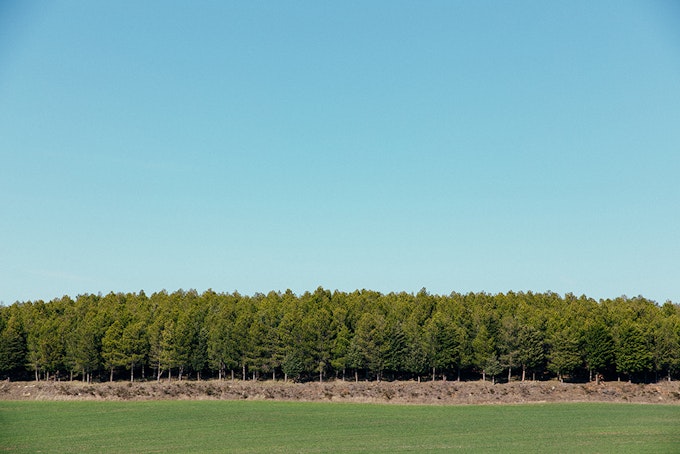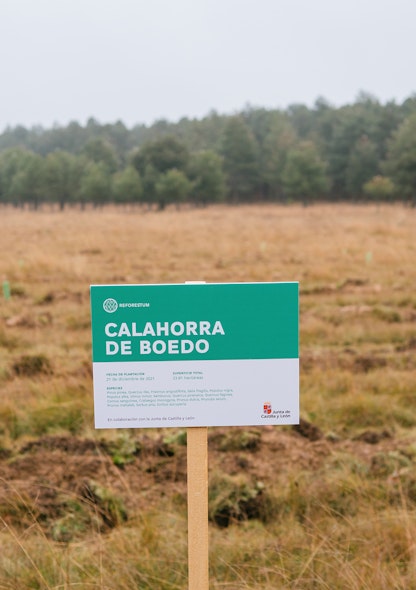How to offset your carbon footprint and fight climate change through Reforestation
Many people ask us what it is that we offer when we talk about carbon offsetting. Everyday, people and companies generate greenhouse gases with their activities, that accumulate in the atmosphere and contribute to the global warming of the planet. To measure this impact, the carbon footprint is used: the equivalent metric tons of carbon dioxide (CO₂) of those gases emitted.
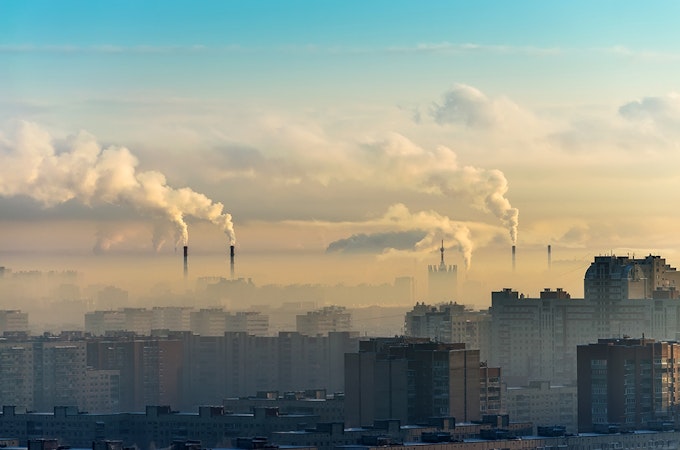
The greenhouse effect is increasing because of our actions, mainly through the combustion of coal, oil and natural gas that release the carbon stored in them. It is a reality: there is a direct relationship between climate change and the increase of greenhouse gas emissions. Since the beginning of the Industrial Revolution (1750) there has been an increase of 40% in the atmospheric concentration of CO₂, a figure that increases every year and currently amounts to 406 ppm (Parts per million).
According to the United Nations, the main causes of climate change, along with fossil fuels, are the changes in land use, desertification and deforestation. That is, the felling or burning of forests for agricultural, industrial or urban purposes. Activities such as agriculture, livestock, fisheries and forestry generate more than 20% of the emissions responsible for climate change (surpassing the transport sector). To begin with, when deforesting land for agricultural use, the soil degrades. Or if the management of the land is inadequate, this happens in conventional agriculture, it behaves as a CO₂ emitter as it suffers a progressive loss of the organic matter that was originally stored.
Poor management of resources, especially soil
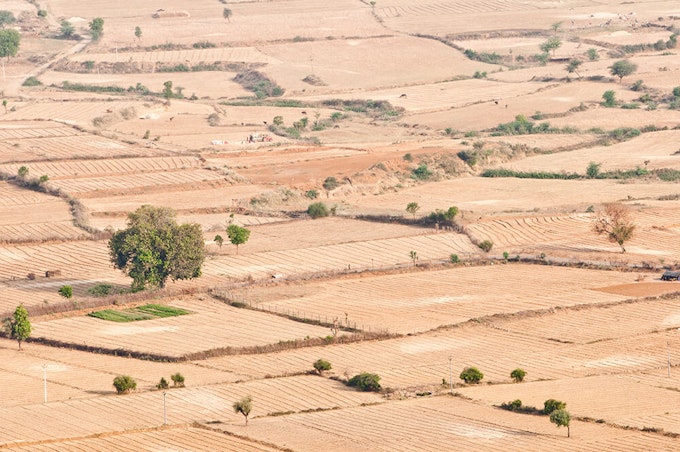
As mentioned above, livestock, represents 80% of the emissions of greenhouse gases during the cultivation of land, this includes transportation and feeding livestock. How does livestock production influence the emission of gases? Firstly by the deforestation needed to transform the land into grazing and for the production of soybeans and many other feed grains. Moreover the impact of manure fermentation and enteric fermentation (the digestive system) of ruminant animals, which generate methane. And do not forget the use of nitrogen fertilizers ... Every year humanity consumes more meat and dairy products, and there are already almost 7.600 million people in the world. Your diet also counts. You can start by replacing meat with proteins of vegetable origin (such as legumes) once a week. As with your travels, with the Reforestum calculator you can make a monthly or annual calculation of the carbon footprint of your diet (analyzing your meat consumption). Add it to your travels and you can offset it when you buy a part of the forest that you want.
Self-criticism is essential to identify the problem and provide solutions
We can all do something to try to be carbon neutral. Our commitment is like planting a seed. There is a famous proverb that says "There are three things that each person should do during his life: write a book, plant a tree and have a child." We have seen how deforestation is part of the problem. But it turns out that trees are a fundamental part of the solution in reducing the amount of CO₂ in the atmosphere. Why? Because they absorb a large amount of CO₂ during the state of photosynthesis, they store it in their branches, trunk, leaves and roots and finally even release oxygen (O₂).
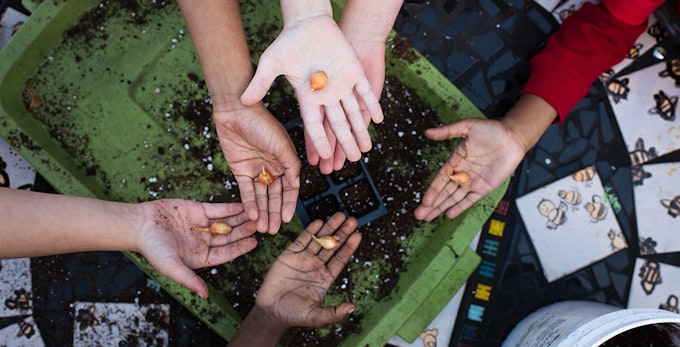
The trees that capture the most carbon are the ones that are growing. Only one hectare of new forest absorbs between 2 and 5 tons of CO₂ per year (if it is tropical forest it can capture up to 15 tons). For example, in Spain, where Reforestum has planted it’s first forest (Genesis), one tree about 20 years old absorbs the CO₂ emitted by a vehicle that runs from 10,000 to 20,000 kilometers, in only one year!
The Reforestum App is a simple and effective tool for each person or company to offset their emissions through reforestation
In a previous post we outlined some simple tips to help you reduce your carbon footprint. Simply by being aware that we are part of the problem can we commit to solving it. As Reforestum's motto says, "We all have our own carbon footprint. You can’t avoid it, but you can counter it."
That's why we offer a carbon calculator to help you to calculate the impact of your daily or occasional CO₂ sources. For example, if you travel by motorcycle, car, public transport or plane, you can know an approximate number through the size of the motor, the fuel it uses and it’s mileage. In addition, if you really are a conscientious person, Reforestum gives you the possibility of making a very precise calculation when you use your car. You can specify it’s brand, year of manufacture, series and even model version. Finally, don’t forget to name each of your sources to add them to your global calculation.
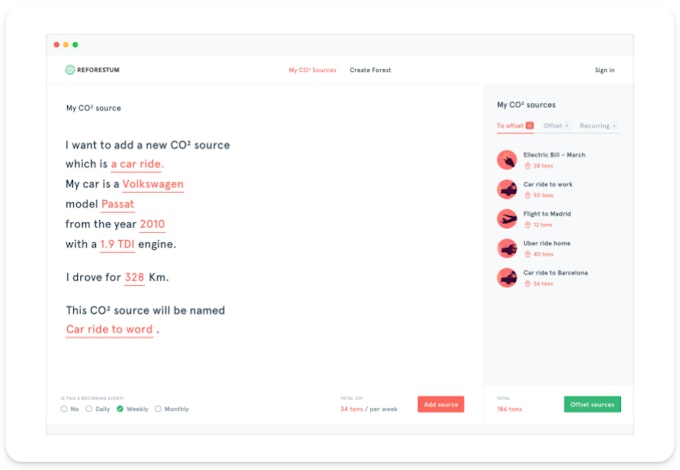
Once you have added all your trips to the carbon calculator, the step of offsetting all those carbon sources comes next. Simply choose the Offset CO₂ Sources option and the Reforestum application will offer three options: (1) automatically calculate the area needed to offset the sources you select, (2) provide a specific budget or (3) select a forest area (meters squared). Easy, right?
Genesis is the name we have given to our first forest, planted in the north of Spain
Reforestation is an important and delicate mission. We must carefully select the ecosystem that we want to "build". It is not enough to randomly plant a farm or forest. At Reforestum we not only take into account the importance of indigenous species to ensure forest biodiversity, but we also study the environmental impact of biotic (fauna and flora) and abiotic factors (temperature, light, humidity).
Reforestums engineers know that planting trees randomly is more effective than doing it in an aggregate way (high density groups of trees) because it is necessary to favor the dispersal of seeds for the restoration of habitats. In our first forest, Genesis, different indigenous forest species (mixed forest mass) have been used to guarantee the presence of a greater number of animal species. On the other hand, the presence of different species creates a forest better prepared to withstand possible disasters (fires) and, by having pyrophyllous or re-rotating species - even if they are burned, the root and some parts of the trunk do not die and re-sprout quickly, this guarantees the natural restoration of tree mass.
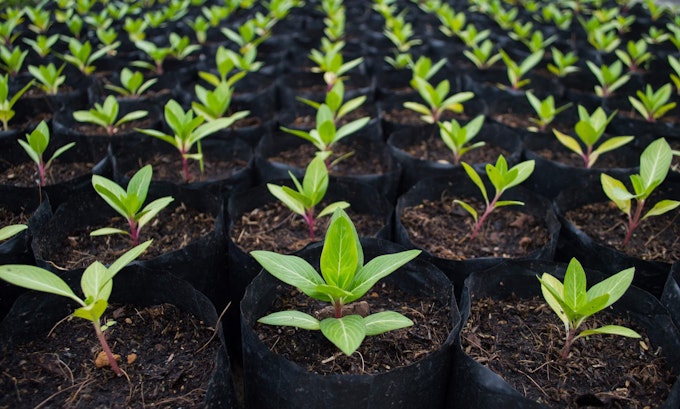
Regarding oxygen, it is estimated that 100 hectares generate one thousand tons per year. Genesis consists of 4.9 hectares (1 hectare equals 10,000 square meters, more than two football fields). Here are some interesting figures: we have planted around 5,000 trees of 12 different species. If 22 trees are needed to meet the oxygen demands of 1 person, when the trees of Genesis begin to grow they will be producing clean air for about 228 people. That's why we need to create many sustainable forests all over the world!
What happens in century-old forests? Well, their thick trunks have already stored a huge amount of carbon. So, we must not only plant trees but we must protect them so that they last and become large stores of CO₂ for as long as possible. But the trees, although millennial, are not immortal. Some trees get sick (fungi, parasites), their roots can dry out and their trunk may deteriorate over time. Others reach a certain height and size, they tilt and can fall over. This is a good opportunity to harvest the wood and use it for furniture etc. When a tree transforms into a table, we value its design and beauty and carbon is stored inside it for a long time. So the more solid or robust the wood of the table is, the longer it will take to degrade and the longer it will take for the CO₂ to return to the atmosphere.
Gratitude
With your contributions Genesis is already a reality. And with the success of our first reforested forest, we are preparing the future forests in other areas of the world. Be tuned because we will announce something really important soon! :). At Reforestum we are proud to have awoken the commitment of our community of environmental warriors. But we need many more to join us. It's as simple as offsetting the sources of CO₂ that you have added after using the calculator that we provide. You will have them grouped as occasional or recurrent events (daily, weekly or monthly). If you do not have time to calculate your actions or the data overwhelms you ...no worries, the important thing is commitment. You can always create a forest using a specific budget you might want or the surface area you want to reforest. Finally, you select which forest you want ... and that's it!
